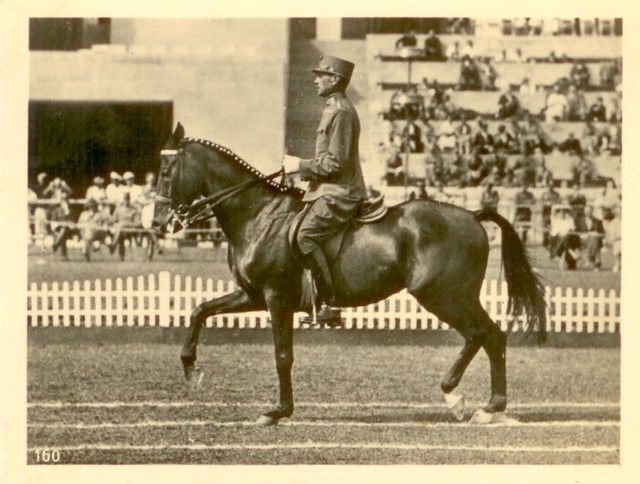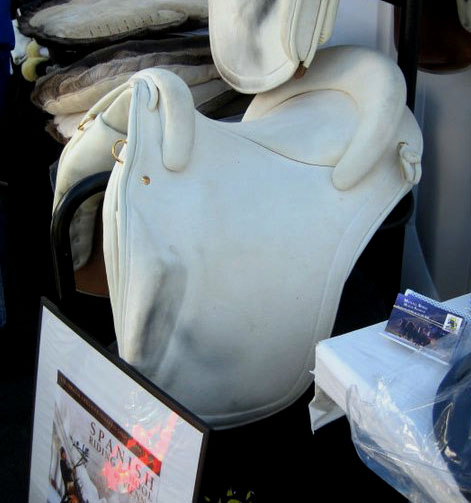Did you know that Andreas Hausberger (current Chief Rider of the SRS), has trained Jessica von Bredow Werndl for over 15 years, and also trains under 25 Euro Medal winners, Semmieke Rothenberger, and Raphael Netz?
“Look at someone like Jessie von Bredow Werndl, who I’ve been helping for 15 years. She knows very well what lightness and collection is. Let me tell you, the basic is the seat, and she sits beautifully.” Andreas Hausberger
He also trains Olympic rider Marlies Van Baalen and GP competitor Matthias Bouten.
Alois Podhajsky, one of, if not the most influential Director of the SRS, was also an Olympic competitor:

All the current Chief Riders, Rudolf Rostek, Herbert Seiberl, Christian Bachinger, Andreas, teach clinics around the world in addition to their full time SRS positions and they all teach competitive riders as well as judges.
Many trainees for the school are accepted based on their competitive riding history - competition helps prove their efficiency at the level. The trainees have incredibly demanding schedules which allows for absolutely no time to show. They are grooms and running the stables. The assistant riders are equally as busy and working on their careers at the school.
The Iberian is the foundation for the Lippizan, Kladruber, many European WBs. The Iberian is heavily represented in dressage horses who are competing. Lusitanos dominated in the 2020 Tokyo Olympics, despite the breeds rarity. There are approximately 11,000 Lipizzaners world wide with less than 1,000 in the United States. You do the math. The Lipizzaner is a rare breed but there most certainly are some out there competing.

 but I understood when I made my decision that climbing the levels would not go the same way it had with previous horses.
but I understood when I made my decision that climbing the levels would not go the same way it had with previous horses.
 )
)
